
A unique and interesting Canvas design in neon art. This trendy print does not only make a wonderful wall decor. It can also add a vibrant and dynamic atmosphere in any room.A fantastic Canvas design that can easily transform the overall appearance of your walls.
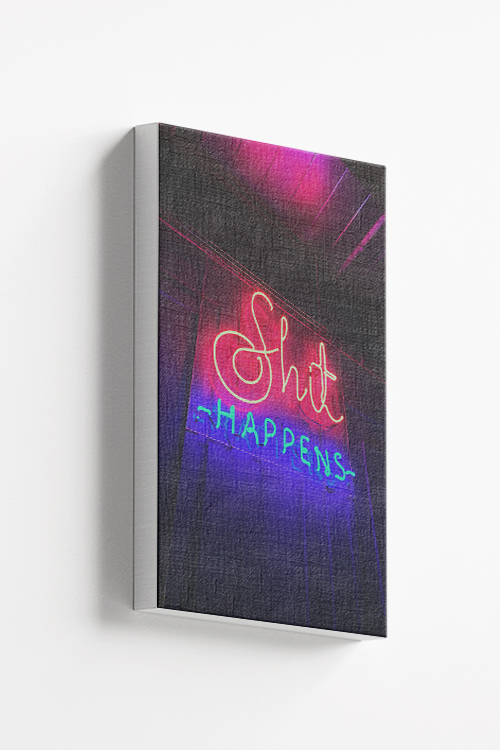
A unique and interesting Canvas design in neon art. This trendy print does not only make a wonderful wall decor. It can also add a vibrant and dynamic atmosphere in any room.A fantastic Canvas design that can easily transform the overall appearance of your walls.
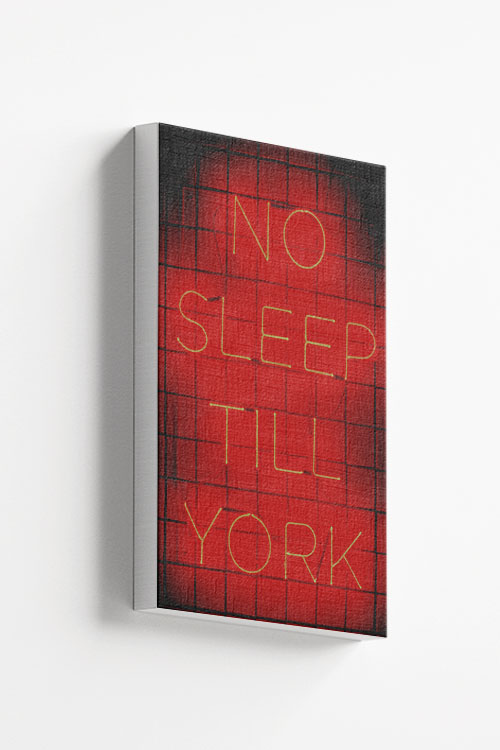
A Canvas print of a sign seen in an American style jazz bar. A place where customers can enjoy their cocktails with a cool breeze and a view of the sky train passing through tall buildings. Create a fantastic looking wall with this art and make a vibrant room atmosphere that you will surely enjoy.
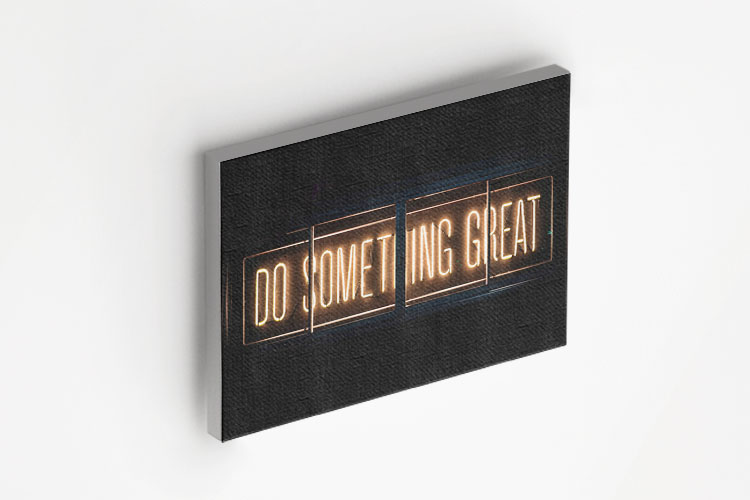
A cool and unique wall decor that will upgrade the overall appearance of your rooms. The display of this Canvas is one of the attractive art that will instantly create an extraordinary-looking room. The colors will likewise add a vibrant and inviting atmosphere that will be loved by anyone.
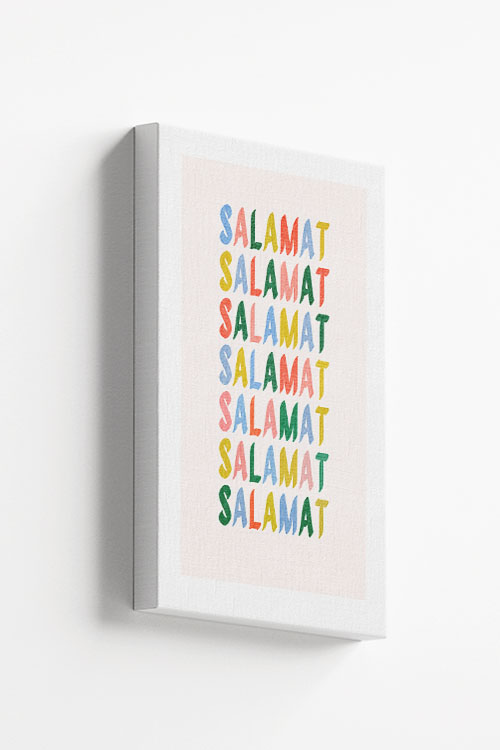
Salamat is the word for “Thank you” in many Filipino dialects. Two words that mean a lot and are valued by many. Display this canvas in any room and bring the Filipino spirit in your homes. A vibrant and lively design that you will surely love.
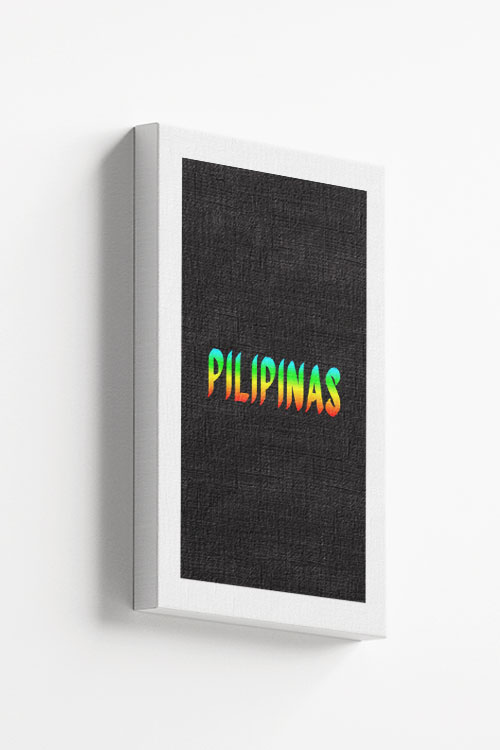
A vibrant canvas design that will add life to your homes. The display of this art will simply show your love for your country. With cool colors, your homes will have a wonderful wall decor that will surely be adored by its viewers.
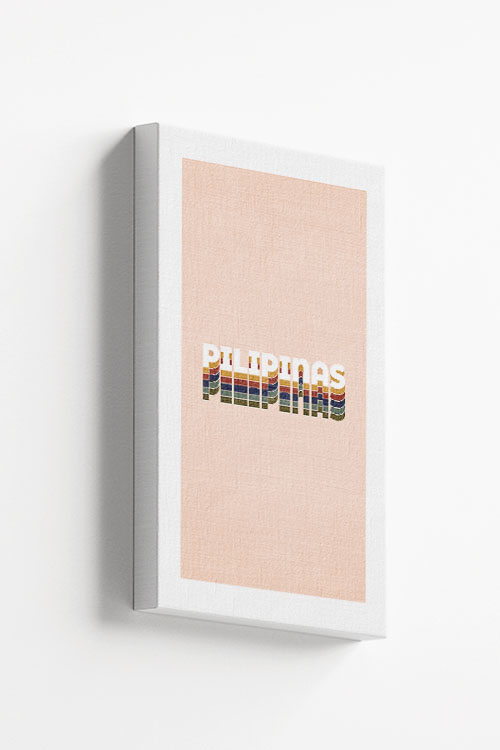
A vibrant canvas design that will add life to your homes. The display of this art will simply show your love for your country. With cool colors, your homes will have a wonderful wall decor that will surely be adored by its viewers.
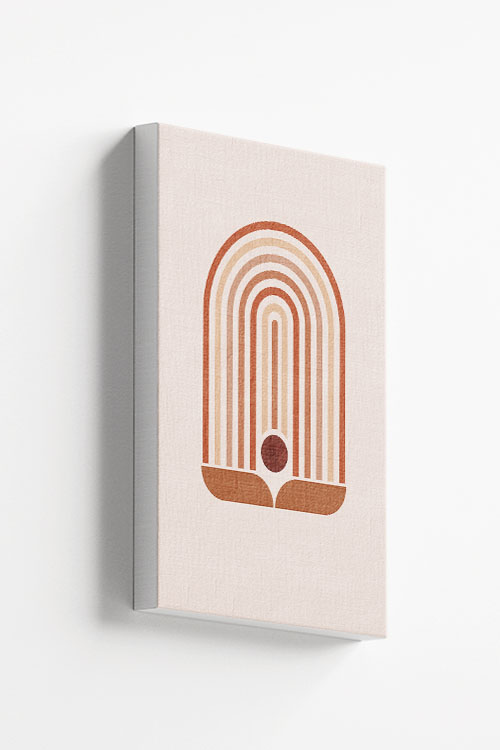
A simple yet wonderful canvas art that will make any room look vibrant. The colors also evoke a fun and exciting vibe that will surely be enjoyed by your family and friends. In addition to these, the design can easily blend with any design style or theme of the room.
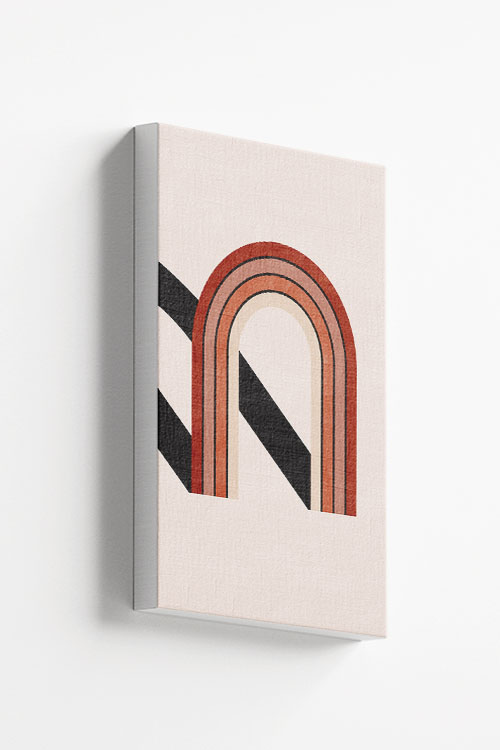
A simple yet wonderful canvas art that will make any room look vibrant. The colors also evoke a fun and exciting vibe that will surely be enjoyed by your family and friends. In addition to these, the design can easily blend with any design style or theme of the room.
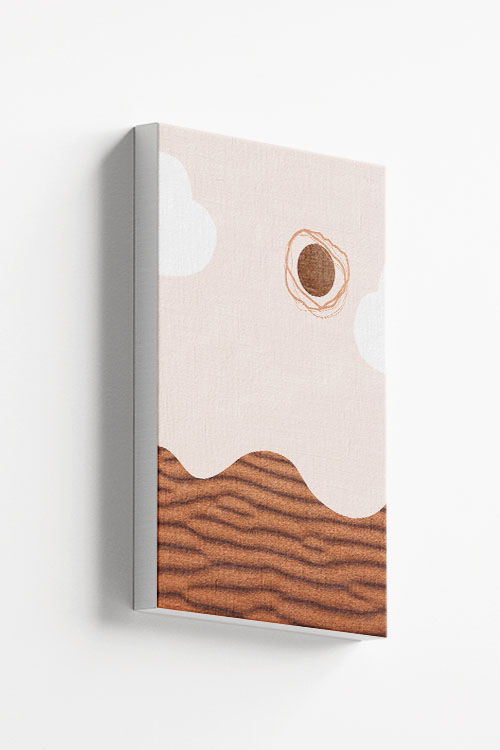
A unique and interesting looking canvas art of a desert. This is a wonderful landscape that can make any room look fun and exciting. The colors used are also attractive that can make the room look vibrant. A canvas design that will upgrade your walls along with other graphical arts for an attractive wall gallery.














